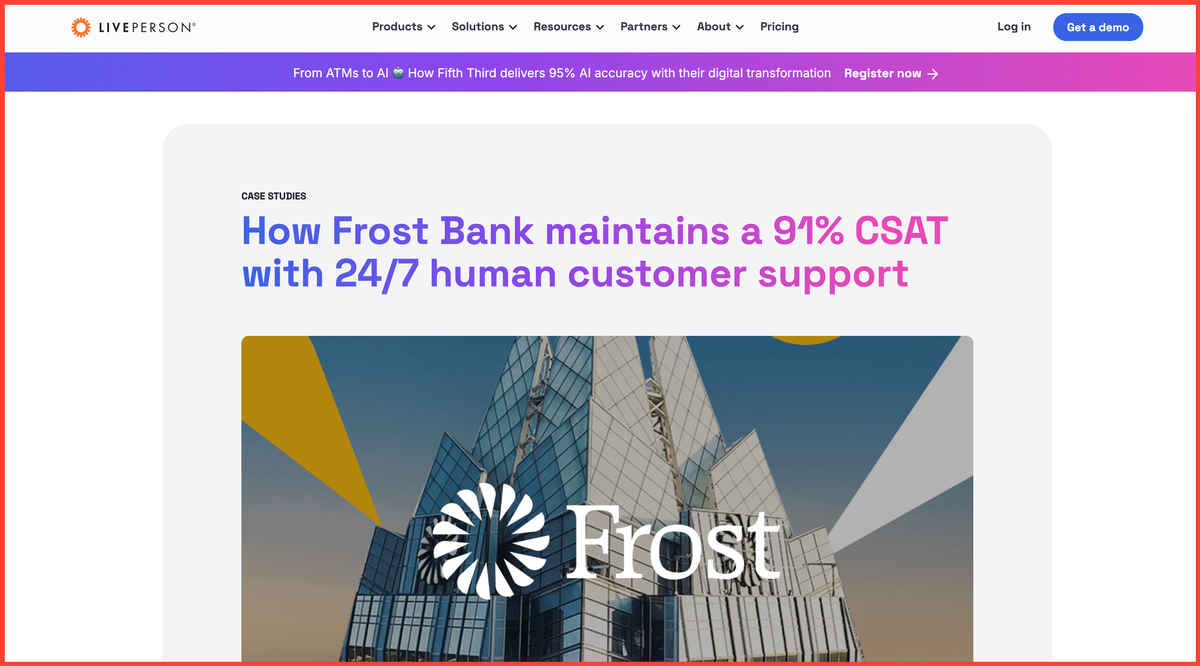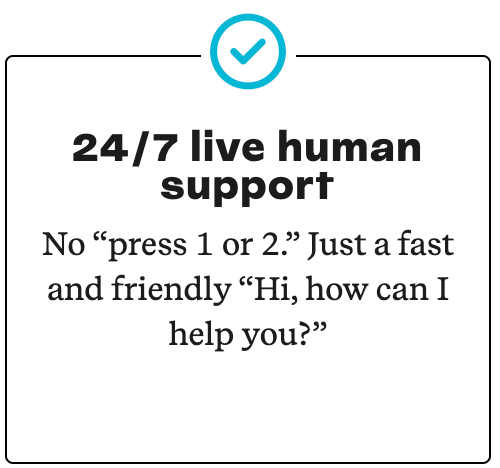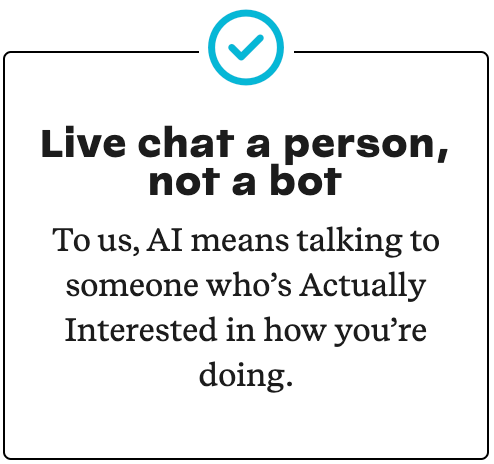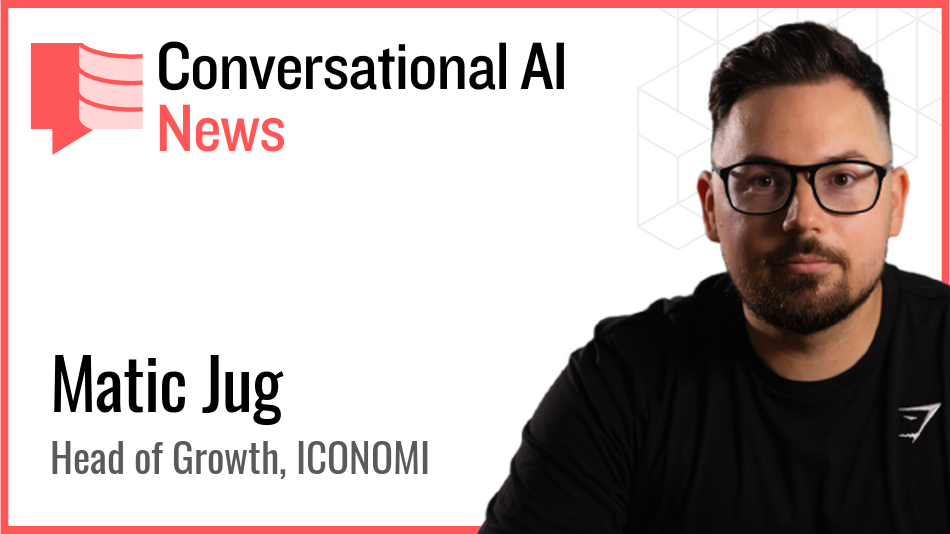For Frost Bank, AI means "Actually Interested"

I had to smile when I read this case study from LivePerson this morning.
It's a fascinating illustration of a slightly different approach to managing customer interactions.
At Frost Bank, headquartered in Texas, their philosophy is that you always interact with a real, live human Texan, 24/7.
Their website frontpage proudly boasts:
"No “press 1 or 2.” Just a fast and friendly “Hi, how can I help you?”

This will be immensely appealing to many customers, I'm sure.
Here's how Jacob Coull, Contact Center Product Owner at Frost Bank describes things:
“We have a unique approach in our contact center. We don’t use phone trees. We have live 24/7 customer service, local to Texas. We’re here to help people with all their banking needs.”
Whilst calling is the absolute natural thing for many customer segments, it's also the absolute opposite preference for many of the younger generations (and me too).
As Jacob explains in the case study:
“Our Millennial and Gen Z customer base continues to grow, and these generations were raised on text messages. Calling is not always the way they want to reach out. Through chat, we can give customers the ability to reach out the way they want to.”
So the bank's philosophy was: You speak to a human. But when your customers don't want to use voice? You've got to innovate. Chat is the obvious next best option, hence LivePerson.
It's not simply chat, though. The team at Frost Bank have adopted a lot of the LivePerson suite to help make things as efficient as possible. For example, the teams make use of the LivePerson Generative AI offerings to summarise customer conversations or immediately find the right answer from their knowledge bases.

Actually Interested
I think this very smart thinking from Frost Bank – rebranding "AI" to mean "Actually Interested"!
But.
I do think there's room for a 'but' there. Or an alternative view. Increasingly, there are some activities that I don't even want to speak to a human about.
I just don't.
I just want it done.
I don't want anyone wasting time on some things.
I don't want a human to have to read and interact with my chat messages, just so they can press a button on their console.
I don't want a "Human as the API" to your systems and processes, just because of a specific 'served by humans' philosophy.
Let me give you an example: Replacement debit card.
Play my game, for a moment: Let's pretend I need a new debit card – and, again, for the sake of argument, let's pretend it's not been lost or stolen, it's simply not working and I need a new one.
"Please send me a replacement debit card" is all I want to type.
I don't want to go searching for functions in the app.
I don't want to dive down 4 different menu options to find the specific function in the 'card settings' menu in the app, or on the website.
I just want to type 7 words. Or, even better, speak those 7 words.
By all means, ask me a few clarifying questions (e.g. "Which debit card?" – if that's applicable, etc.)
But just get it done.
What I find fascinating here, is that I don't want to use a human for this.
I think it's potentially just me – this is a market sample size of one – but I don't like the idea of a human pressing buttons on some back-end system for me because the bank (or the company) hasn't made their systems work as efficiently as possible.
There are quite a lot of banking functions that I actually prefer be done automatically. A replacement debit card is one. Statements. Balance calculations. Change of payment dates. Anything low level.
High-Value Conversations
Crucially, though, when it comes to a high-value conversation: That's when I want immediate, best-in-class human service.
But if your organisation is too busy serving low-value customer demands when I need that help, that's when I've got a problem.
This, then, from my point of view, is the power and opportunity of Conversational AI.
When I have a high-value conversation to take, I want you to be available – and generally speaking, the economics of managing millions of customers, requires some degree of automation of the low-value interactions.
A 'high value' conversation might be a query about making an investment, managing savings, buying a car, or getting advice about a mortgage. Or a high-value conversation might be making sure that when my (slightly non-digital) mother calls or types to the bank, there's a human standing by to manage her requests.
Given you're reading Conversational AI News, you might expect this viewpoint from me. I'm fundamentally a fan of the technology.
I do, however, respect and appreciate the approach that Frost Bank has taken. If I was local to them, I would certainly like to be a customer.
Nice work Frost Bank. Nice work LivePerson!
For further information, here are some possible contacts:
Laura Miller is the EVP Consumer Strategy & Digital at Frost Bank (she's quoted in the LivePerson case study):

Sandy Hogan is the Chief Revenue Officer at LivePerson:






